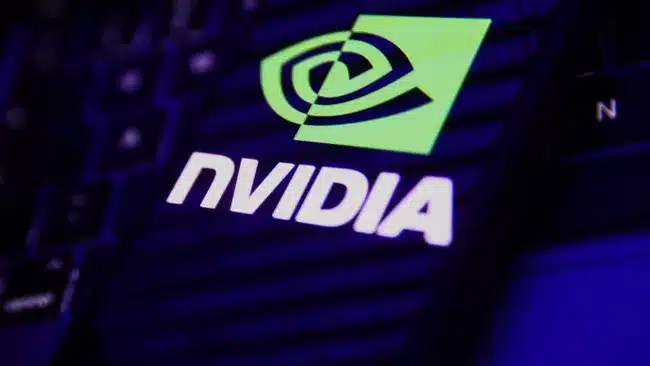Nvidia, a leading force in artificial intelligence (AI) and graphics processing, has long been synonymous with cutting-edge technology and innovation. However, a recent revelation that Nvidia doesn’t rank among the top 100 most recognizable brands raises questions about the broader perception of AI’s significance in everyday life and its impact on brand recognition.
The Context of Brand Rankings
Brand recognition plays a crucial role in shaping consumer trust, market influence, and industry leadership. While Nvidia is renowned within tech circles for its GPUs and AI advancements, its absence from the top 100 most recognizable brands list suggests that mainstream awareness and perception may differ from industry acclaim. This disparity invites a deeper exploration into the factors influencing brand visibility and the role of AI in shaping public perception.
Nvidia’s Technological Leadership
Despite its ranking in brand recognition, Nvidia continues to lead in technological innovation, particularly in AI and GPU technology. The company’s contributions to fields like autonomous vehicles, healthcare diagnostics, and scientific research underscore its pivotal role in advancing AI applications across diverse sectors. However, translating technical prowess into widespread brand recognition remains a challenge amid evolving consumer preferences and market dynamics.
Public Perception of AI
The disconnect between Nvidia’s technical achievements and brand visibility highlights broader perceptions of AI’s impact in everyday life. While AI has revolutionized industries like healthcare, finance, and entertainment, its integration into daily routines often goes unnoticed or misunderstood by the general public. This gap in awareness reflects the complex interplay between technological advancements, societal adoption, and public perception.
Challenges in Communicating AI Benefits
Communicating the tangible benefits of AI technologies remains a significant challenge for companies like Nvidia. While AI-driven innovations promise efficiency gains, cost savings, and new capabilities, articulating these advantages in relatable terms for non-technical audiences requires effective communication strategies. Bridging the gap between technical complexity and everyday relevance is essential for fostering broader understanding and acceptance of AI’s transformative potential.
Industry Impact and Market Dynamics
In the competitive landscape of technology, brand recognition influences market positioning and consumer trust. Nvidia’s strategic focus on AI and GPU technology positions it at the forefront of innovation, yet brand perception beyond niche markets necessitates comprehensive engagement strategies. Balancing technical excellence with market visibility is crucial for sustaining leadership in rapidly evolving industries and navigating shifting consumer expectations.
AI’s Evolution and Societal Integration
As AI technologies continue to evolve, their impact on society will increasingly shape brand perceptions and market dynamics. Nvidia’s journey to enhance brand recognition underscores the broader challenge of aligning technical innovation with societal acceptance and understanding. Embracing transparency, education, and ethical considerations will be pivotal in fostering trust, driving adoption, and realizing AI’s full potential in improving lives and driving economic growth.













